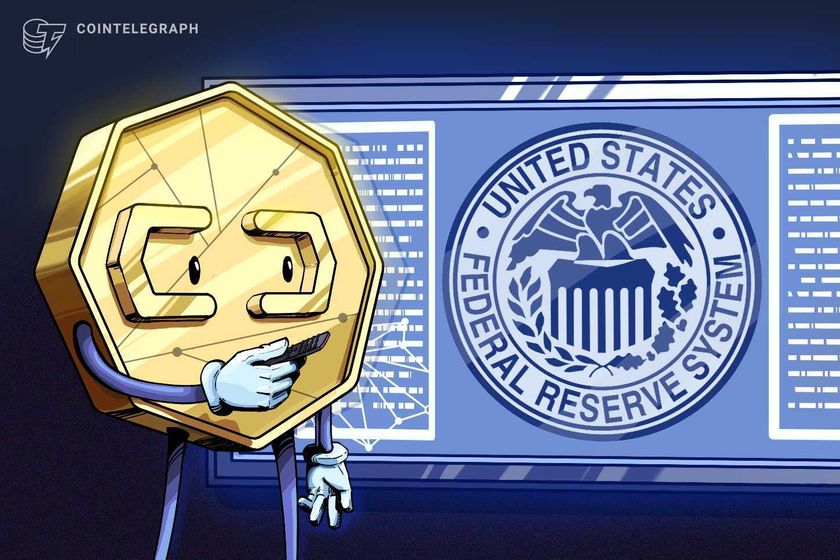Bitwise Makes History with Solana ($BSOL) ETF Launch Offering 7%+ Rewards

- Bitwise’s new Solana ETF ($BSOL) debuts as the first U.S. fund with full spot exposure to SOL.
- The ETF offers 7%+ average staking rewards with zero fees for a limited time.
- Despite the announcement, SOL’s price remains stable near $199 after a weekly gain of 8%.
Bitwise Investments has made a historic move by introducing the first-ever Solana spot exchange-traded fund (ETF) in the United States.
The ETF, named Bitwise Solana Staking ETF ($BSOL), was officially approved by the New York Stock Exchange (NYSE) and will begin trading at market open tomorrow. The SEC is expected to publish the registration statement on its website in the morning.
The ETF offers investors 100% direct exposure to SOL, thereby becoming the first of its kind in the country. As per statements by Bitwise, the fund aims for 100% of assets to be staked. The investment comes with a 0% management fee that has been temporarily waived.
Bitwise’s aim of Solana blockchain integration is to connect the world of traditional capital markets with on-chain finance. The average annual staking reward of 7% on SOL offers an incentive for investors.
Similarly, on the same day, the proposed ETF of Canary Capital involving the holding of Hedera (HBAR) and Litecoin (LTC) also came into being, as Steven McClurg, the CEO of the company, confirmed in an email. He added that both ETFs were set to list on the Nasdaq on Tuesday.
Also Read: Solana (SOL) Price Eyes $290 Rally as Hong Kong Approves Solana Spot ETF
Solana Price Holds Ground Despite ETF Excitement
Although the listing of the ETF has generated quite an excitement within the markets, Solana’s price has actually reacted very little within the last 24 hours. The SOL token is trading at $199.19, which marks an 8% increase within the last week.
In early April, SOL had reached $253 but could hardly get over the barrier of $250. This acts as Solana’s toughest barrier to touching fresh records.
At the moment, the token is finding support around $185. This mid-level area has been an important level of support since early October. The Relative Strength Index appears to be headed towards the 50-level.

Also, the Moving Average Convergence Divergence has given a bearish cross. This signals that there may be a short-term correction in the market.
Market observers like Ali Martinez had indicated that SOL may rise towards $210 before it decides to break out or undergo a correction. These were factors that were being closely observed by SOL traders.
Also Read: Solana’s Next Massive Breakout: Could SOL Hit $9,200 by 2029?
You May Also Like

Federal Reserve expected to slash rates today, here's how it may impact crypto
Market participants are eagerly anticipating at least a 25 basis point (BPS) interest rate cut from the Federal Reserve on Wednesday. The Federal Reserve, the central bank of the United States, is expected to begin slashing interest rates on Wednesday, with analysts expecting a 25 basis point (BPS) cut and a boost to risk asset prices in the long term.Crypto prices are strongly correlated with liquidity cycles, Coin Bureau founder and market analyst Nic Puckrin said. However, while lower interest rates tend to raise asset prices long-term, Puckrin warned of a short-term price correction. “The main risk is that the move is already priced in, Puckrin said, adding, “hope is high and there’s a big chance of a ‘sell the news’ pullback. When that happens, speculative corners, memecoins in particular, are most vulnerable.”Read more

Shiba Inu’s (SHIB) Price Prediction for 2025 Points to 4x Growth, But Mutuum Finance (MUTM) Looks Set for 50x Returns
